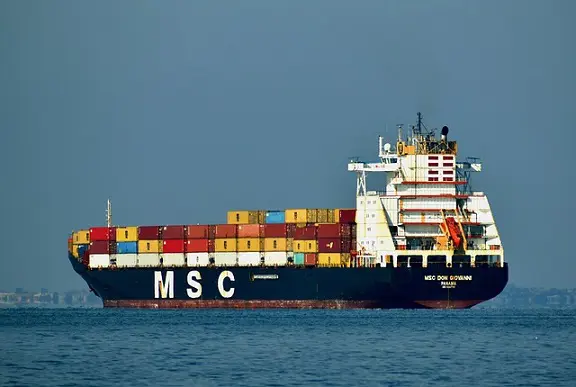
All Hands on Deck
The cargo ship, Dali, recently struck the Francis Scott Key Bridge in Baltimore, resulting in the tragic loss of six lives. The Port of Baltimore was forced to shut down temporarily – a significant event given Baltimore is the ninth busiest US cargo port.
The Port leads the US for the volume of automobiles and light trucks handled and specializes in “roll on, roll off” cargo. Consequently, the commercial effects of the closure will be felt most significantly by the automobile industry, including heavy machinery, as well as the coal industry. About a quarter of all seaboard US coal shipments were shipped from Baltimore in 2023. Many coal cargoes coming from the mines are being rerouted to other ports nearby, like Norfolk, VA.
While the bridge collapse may have a long-lasting detrimental effect on the Baltimore economy, the global fallout should be temporary. The US supply chain is much stronger than it was in 2021 and 2022. Several ports along the Eastern seaboard were already poised to take on more capacity.
Looking closer to our home, the Port of Brunswick, the nation’s second busiest auto port, is expected to see an increase in activity. The Port of Savannah, which is the fourth busiest port in the US for container shipping, just finished a 25-year project to deepen the shipping channel by 5 feet. Despite this improvement, supersized cargo ships will need even deeper water and a taller bridge to enter the port. Last year, the Georgia Ports Authority announced a plan to raise the Talmadge Bridge in Savannah by 20 feet and is exploring further channel deepening.
Unfortunately, Baltimore is not the only place in the world where cargo shipping has been disrupted. In the Red Sea, attacks by Yemen’s Houthi group have reduced traffic through the Suez Canal, through which 30% of the world’s shipping traffic passes. Ships have been forced to take the longer route from Asia to Europe by traveling around the Cape of Good Hope, which takes 20-30% longer and has resulted in ships sailing more frequently and higher freight rates from Asia to the US. The Panama Canal, which handles 6% of the world’s maritime traffic, has also experienced reduced capacity due to decreasing water levels caused by drought conditions.
The financial impacts of these route disruptions will be felt by consumers as retailers pass on these higher shipping costs. J.P. Morgan estimates that the Red Sea disruption could add 0.7% to global core goods inflation and 0.3% to overall core inflation in the first half of this year.
Luckily, a huge number of cargo ships ordered 2-3 years ago during the COVID shipping crisis are entering service this year. These ships will increase capacity significantly and should allow the shipping industry to adapt. However, these disruptions are a powerful reminder of the dependence of the global economy on a few very vulnerable pressure points in the shipping system.
Meghan Pearson

